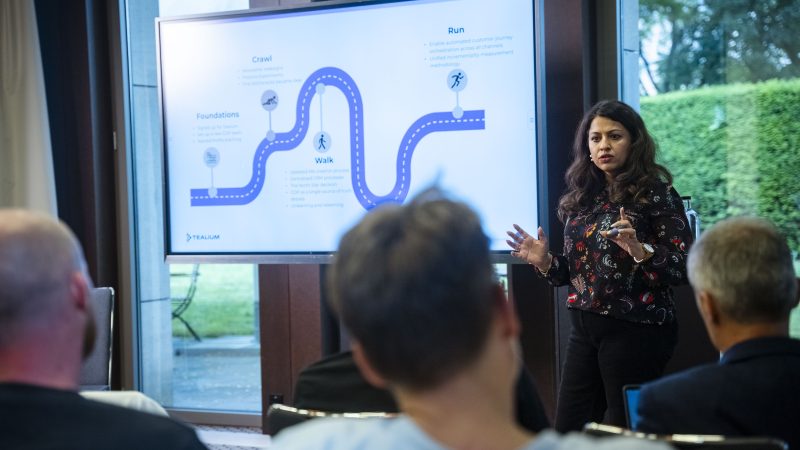Retail in Australia and New Zealand isn’t just alive and well, it’s more personal.
The tumult of the past year has driven home to retailers the fact that people are individuals, not “consumers” whose business can be taken for granted. Consumption patterns can dry up overnight, and indeed in many cases they did. Retailers that were prepared to digitalise have survived and even prospered, while others have seen their business shrivel in a similar way.
What does “digitalise” mean in a retail context? It isn’t as easy as simply shifting sales online, as many have found. Traditional retailers have had to take a crash course in logistics while scrambling to define people’s needs and expectations. In a lot of cases, this has prompted a dramatic rethink in the way they operate and are structured.
The supermarket sector is a prime example. Before the pandemic, digital transformation was by and large an abstract goal that suddenly became imperative. The results of rapid efforts to change have been mixed for customers, but while a sense of normality has returned to city life, the expectations of convenience and personalised assistance that come with online shopping are likely to stay. It marks the start of a journey towards more efficient, intuitive service that acknowledges individual characteristics and preferences.
In other sectors, the nature of the environment has flipped, with digital and mobile acting as the front door to a retail business and the physical store serving as a showroom or fulfilment centre. The short-term impact of the pandemic has been the avoidance of human interaction when shopping while demanding greater flexibility. Yet even with reduced physical contact, shoppers will continue to want to experience the human touch, and to receive recognition as individuals, perhaps even more so than before in terms of understanding their preferences.
This blurring of digital and in-store makes omnichannel thinking essential. People will expect the same level of personalisation in-store as they would hope for online. Central to any effective strategy will be combining data from all sources to deliver a single, comprehensive view of the customer. Indeed, the digital experience can serve to improve the in-store one. Uniqlo is just one example of a retailer that has taken this on board, combining its digital platform with the physical to remove unwelcome aspects such as queuing up to pay. Retailers have it in their power to offer the best of both worlds and in doing so, provide optimal customer experience.
By using data around shoppers’ history as a foundation for live advice and assistance online, we have seen retailers quadruple customer engagement and more than double their revenue. It is a question of investing in the creation of better experiences. The benefits of this have the potential to last far beyond single purchases. People remember brands that treat them well.
Loyalty to specific retail brands might have weakened, but the advent of personalised service enabled by this unified data offers the chance to regain it. Change can be unsettling, especially when it happens at the pace we have seen over the past year. But with the right attitude and tools, retailers of all shapes and sizes can face the future with optimism.
To go deeper into this theme and what it means for your business, read our full report on the future of personalisation and the retail sector in Australia and New Zealand.








